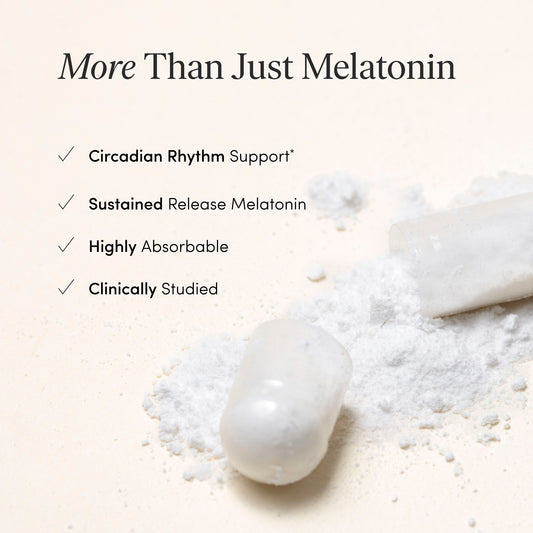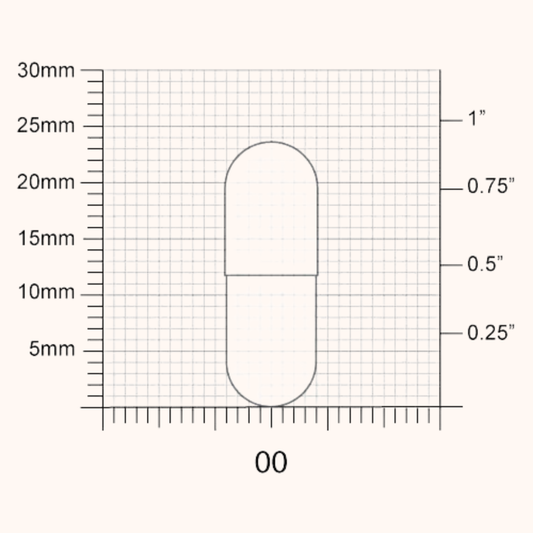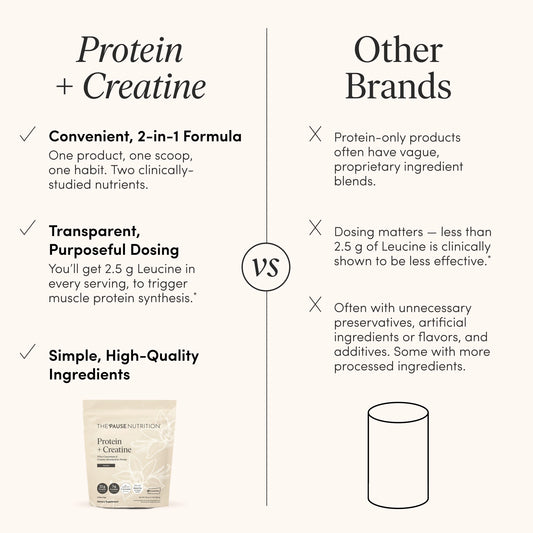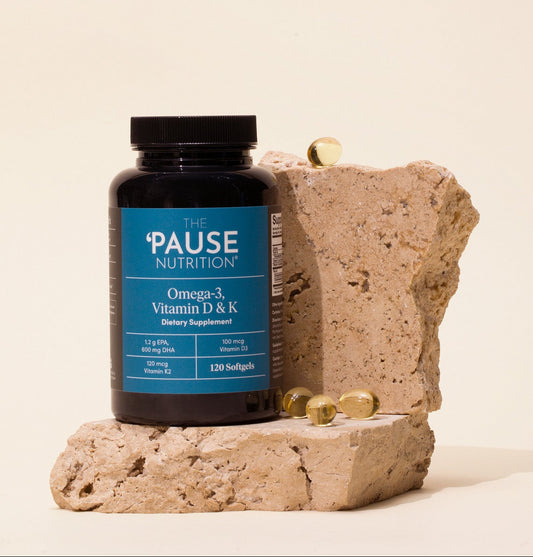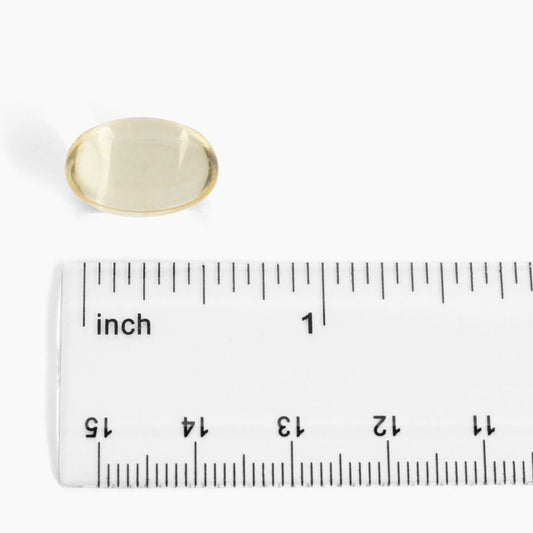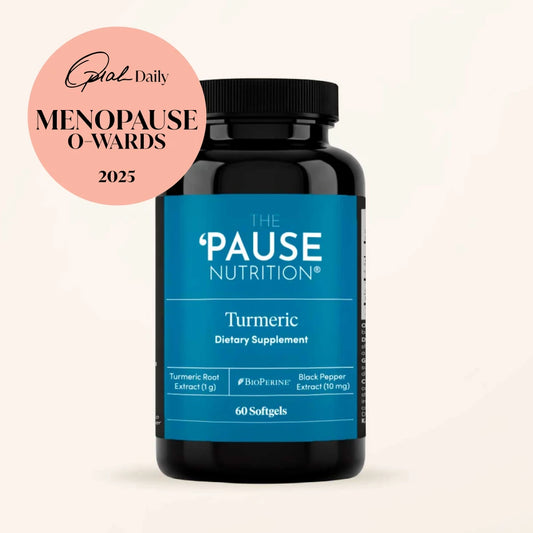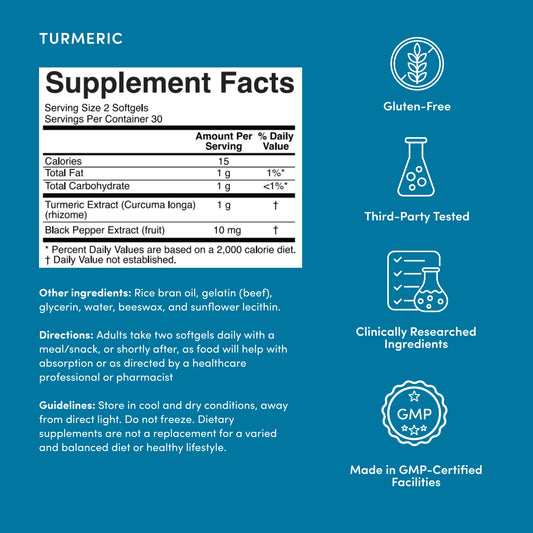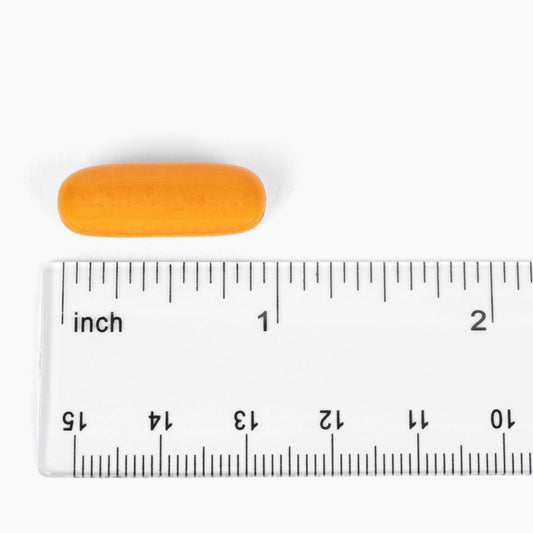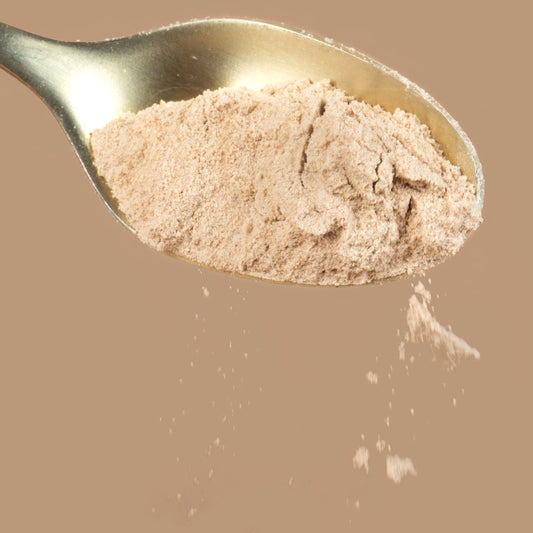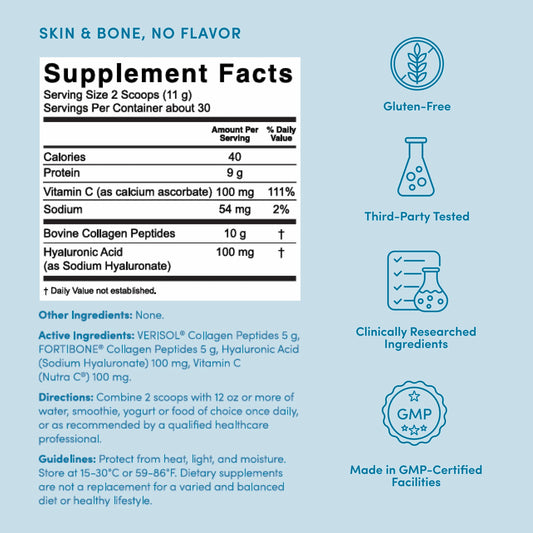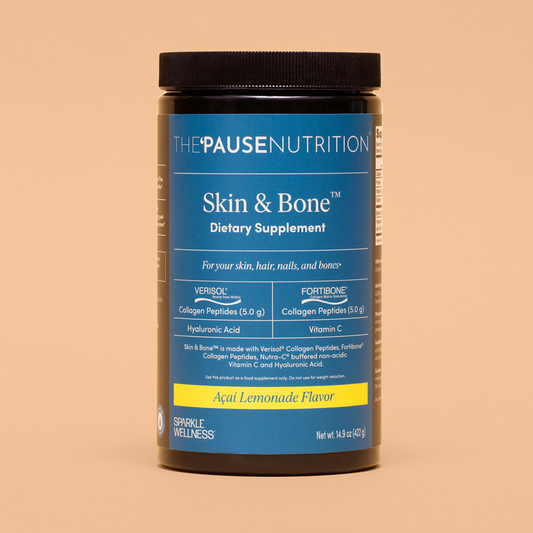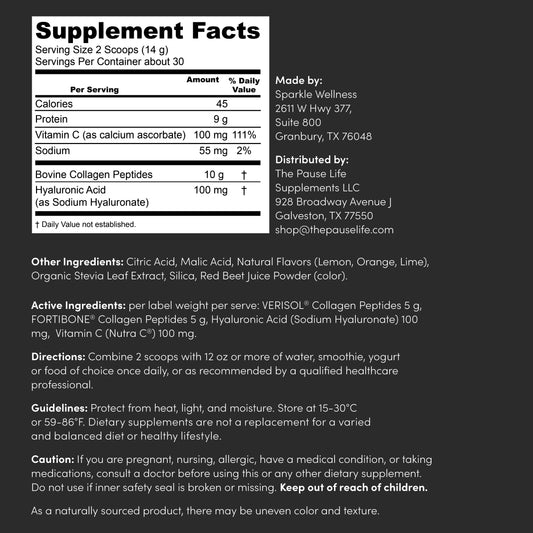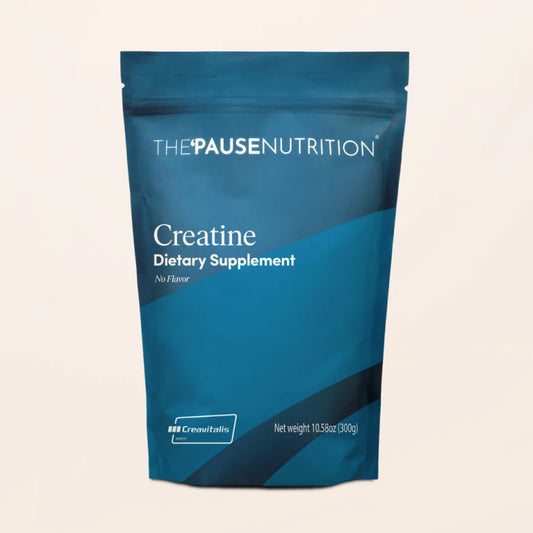Pelvic Floor Dysfunction: What It Is And What To Do About It

Share
When most women experience the changes that perimenopause and menopause can bring, it’s natural to seek solutions to try to resolve your symptoms and feel like yourself again. If you’re experiencing hot flashes, you might start watching your sugar and alcohol consumption and taking hormone replacement therapy. If you’re having vaginal dryness that can make sex painful, bladder leaks, or other symptoms of genitourinary syndrome of menopause, vaginal estrogen to restore the tissue may be the answer.
However, when dealing with vaginal, urinary along with some of the less common menopause symptoms like back aches and balance issues, one of the most important body systems is often overlooked. These seemingly unrelated problems may, in reality, be related, and stem from the pelvic floor - the system that holds our bodies together.
“So your pelvic floor is a basket of muscles that sits at the base of your pelvis, and it attaches from the pubic bone in the front, the tailbone in the back, and side to side,” says Sara Reardon, a pelvic floor therapist physical therapy PhD. “And this basket supports your pelvic organs, your uterus, your ovaries, your bladder and bowels. Not only that, the pelvic floor also has openings called sphincters that hold in waste until we’re ready to release it when we pee or poop. It does very important work when we breathe, stand, cough or sneeze,” says Reardon of NOLA Pelvic Health in New Orleans.
“The pelvic floor is basically the foundation of our entire body”, Reardon says. “Like the foundation of our house. And we don’t think about it when everything is working fine. However, the network of muscles that form the pelvic floor can get out of sync, over time, with common habits such as slouching, sitting too long, or walking around all day with your core tightened to hold in your belly.” Though men can have pelvic floor issues, an estimated 25 to 50 percent of women have pelvic floor dysfunction(1), according to the National Institutes of Health.
“Menopause is one of the biggest risk factors for developing a pelvic floor problem,” says Reardon, author of the new book Floored: A Woman's Guide to Pelvic Floor Health at Every Age and Stage. As estrogen declines, tissues become less supple. Sex can be painful due to dryness or there might be problems with urinating or defecating.
Delivering a baby can be especially taxing on the pelvic floor, says Abby Bales, founder of Reform Physical Therapy in New York City. The pelvic floor musculature expands and stretches to allow a baby to pass through the birth canal. But it may not come back into place as tight again afterwards which can lead to issues down the road.
Unlike an injury to an ACL (anterior cruciate ligament) in the leg, physical therapy for postpartum pelvic floor dysfunction(2) isn’t typically covered by insurance. “It’s a health system problem” Bales says.
Hypertonic vs. Hypotonic Pelvic Floor
Over time, women can wind up with a combination of symptoms linked to pelvic floor dysfunction.(3) Finding the right set of solutions depends on figuring out if the cause is pelvic floor muscles that are hypertonic (tight) or hypotonic (weak).(4) Or, they may have some of both. Liz Frey, a physiotherapist with Pelvic Health Solutions in Ontario, Canada, says most pelvic floor problems are more complex and can’t be summed up as loose or tight. “It’s possible to be both hypertonic and hypotonic at the same time,” Frey says. “Nobody wants to hear they have a loose vagina.”
A hypertonic pelvic floor is associated with tightness, making it difficult to urinate or defecate, and fully empty the bladder or bowels. Sex can be difficult or painful because the vaginal opening is too tight. It can also cause low back pain because tight muscles pull on the connection points on the pubic bone and tailbone
A hypotonic pelvic floor is associated with muscular weakness, so typical symptoms include leaking urine, difficulty cleaning up after a bowel movement or a prolapse where it feels like something is falling or protruding from the vagina. Weak muscles can also cause back pain, since the pelvis isn’t properly supported.
Bales sees very active patients who begin to experience knee, hamstring and foot injuries for the first time as a result of pelvic floor instability. She says “If it’s not working it makes every other muscle have to work super hard.”
Pelvic Floor Solutions
While most people associate pelvic floor rehab with kegels,(5) these strengthening exercises won’t resolve everything. These experts prescribe a series of exercises and therapies designed to either relax or strengthen the pelvic floor as needed.
For a hypertonic pelvic floor, Reardon says she works to “relax muscles first to release tension, and then strengthen them.” Relaxation therapies include yoga, deep breathing, or her 10-minute V-Hive online stretching routine to relax the hips and take pressure off the pelvic floor by changing one’s posture. If patients spend a lot of time sitting, she has them get blood flowing by standing up more and focusing on walking. Then for women who need to strengthen their muscles as well, she may have them do kegels with longer contractions, working up to lunges and squats. She may also prescribe topical vaginal estrogen cream to help restore tissue and make sex enjoyable again.
Bales focuses on designing a series of active mobility exercises such as lunges and squats to start rebuilding strength and flexibility, along with back, foot and balance exercises. She also likes rocking yoga exercises like happy baby and child’s pose. Though every person is different, after six to eight weeks, Bales says neuromuscular re-education starts happening. The brain starts getting retrained, and the pelvic floor starts becoming stronger and working in concert with our other muscles.
Frey focuses on deep foundational muscles to make sure they’re all in good tone. “I work with people on the diaphragm first and then they learn how to relax and contract the pelvic floor,” she says. “That will be the mainstay of most of my pelvic floor conditions.”
And when traditional therapies alone aren’t effective, Frey will include a pelvic light therapy wand in her therapeutic plans. Studies show red light therapy, or photobiomodulation, can offer benefits in vaginal rejuvenation(6) though more studies are needed to determine how long the effects last.
While it’s possible to get similar treatments in a doctor’s office, the Fringe pelvic wand is designed to be safe and effective for home use. The wand emits red (630 nm) and near infrared (830 nm) light that can help increase circulation and reduce inflammation. It also features four levels of gentle vibration that can help relax hypertonic muscles or restore tone if they’re hypotonic.
If you suspect you’re experiencing a pelvic floor problem, Reardon suggests you talk to your primary care clinician or gynecologist to get a referral for a nearby pelvic floor specialist, or search the PT Locator directory. You can also take her free online quiz to help figure out what steps to take to get your pelvic floor toned and healthy again.
If you have pelvic floor issues, do not suffer in silence. There are treatments and support available!
This article contains affiliate links.
























